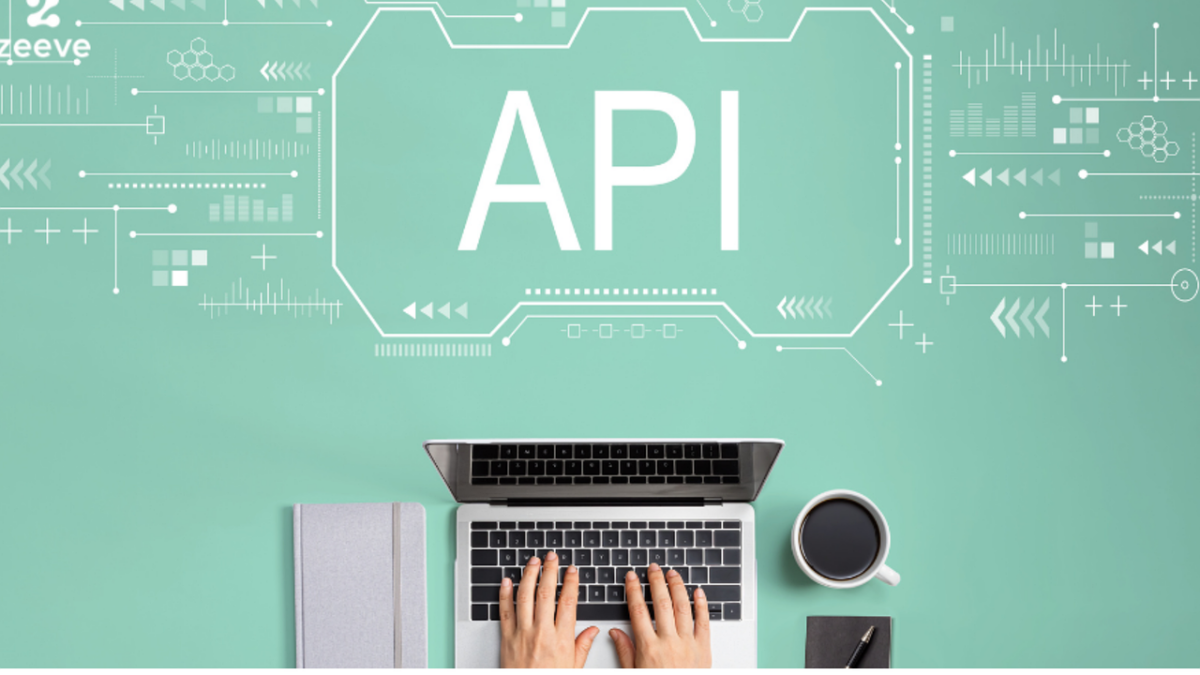
Developments in AI and Messaging Technologies
December 7, 2024
Real-World Examples and Best Practices for Implementing AI Messenger Solutions
December 23, 2024In today’s hyper-connected world, integrating messaging APIs into business workflows is no longer a luxury—it’s a strategic necessity. These tools help businesses improve communication, deliver faster service, and create a more personalized customer experience. As consumer expectations evolve, businesses must adapt by using the latest API technologies to stay competitive.
Recent Improvements in Messaging APIs
1. Advanced Natural Language Processing (NLP)
Recent breakthroughs in NLP—like OpenAI’s GPT-3 and Google’s BERT—allow businesses to better understand customer sentiment and intent. As a result, chatbots and messaging platforms now deliver context-aware, human-like conversations that improve the quality of support and engagement.
2. Omnichannel Integration
Today’s messaging APIs are designed with omnichannel communication in mind. For example, they enable seamless interactions across SMS, social media, and web chat. Therefore, customers can move between channels without losing context, and businesses maintain a centralized view of interactions.
3. Enhanced Security Features
With growing concern for data privacy, security has become a top priority. Messaging APIs now include end-to-end encryption and ensure compliance with regulations like GDPR and CCPA. Companies like Twilio and Vonage continue to strengthen their offerings to protect customer data.
4. Real-Time Analytics and Reporting
Real-time analytics give companies immediate insight into how customers engage with their brand. Consequently, businesses can monitor satisfaction levels, identify patterns, and make faster, data-driven improvements to messaging strategies.
Core CPaaS Features That Drive Messaging API Success
Communication Platforms as a Service (CPaaS) provide essential tools to build messaging into workflows without major infrastructure investments.
Key Capabilities Include:
-
Programmable Messaging
Customize messages that trigger based on user behavior or input. -
Scalable Operations
Handle traffic surges or growth without performance issues. -
Interactive Voice Response (IVR)
Blend messaging and voice workflows for seamless customer experiences.
Implementation Strategies for Seamless Integration
1. Define Clear Objectives
Start by identifying what you want to achieve—improved response times, better support quality, or increased engagement. These goals will guide your setup and help measure success.
2. Prioritize the User Experience
Make interactions smooth and intuitive. For instance, conduct user testing to understand friction points and refine the interface accordingly.
3. Train Your Team
Provide training on how to interpret analytics, manage automated responses, and maintain message quality. Well-trained teams can deliver better results from your messaging investment.
4. Foster Cross-Department Collaboration
IT, marketing, and customer support should collaborate to ensure consistent implementation. Therefore, everyone aligns on tone, functionality, and end goals.
Best Practices for Maximizing Effectiveness
Personalize the Experience
Use customer data to tailor conversations and address users by name. As a result, interactions become more relevant and meaningful.
Test and Optimize with A/B Testing
Try different versions of your messaging flows to discover what resonates most. This practice leads to better engagement and higher conversion rates.
Use AI-Driven Insights
AI can identify patterns and predict customer needs before they reach out. Consequently, businesses can be more proactive and responsive in their communication.
Conclusion: Messaging APIs Are a Competitive Necessity
Integrating messaging APIs into business workflows is no longer just a tech upgrade—it’s a vital part of modern customer communication. With capabilities like enhanced NLP, omnichannel support, and real-time analytics, these tools help businesses connect faster, smarter, and more securely with their customers.
As communication becomes increasingly digital, messaging APIs offer a way to meet rising expectations while improving operational efficiency. Businesses that integrate these tools effectively gain a powerful advantage in both customer satisfaction and cost control.
References:
- Arora, A., et al. A Study on Optimizing the Personalization of Recommendations and Customer Services Using Artificially Intelligent Neural Networks to Improve Electronic Commerce. in Intelligent Sustainable Systems. 2024. Singapore: Springer Nature Singapore.
- Najem, N.R., et al., Navigating Digital Transformation Strategies for Sustaining Competitive Advantage in the AI Era. Journal of Ecohumanism, 2024. 3(5): p. 927-948.
- Miraki, M., M. Yektayar, and N. Esmailie, The role of Integrated Marketing Communications in Brand Engagement and Consumer Behavior. Consumer Behavior Studies Journal, 2020. 7(2): p. 199-215.
- Yuan, Y., et al., A Data-Driven Customer Segmentation Strategy Based on Contribution to System Peak Demand. IEEE Transactions on Power Systems, 2020. 35(5): p. 4026-4035.
- Devlin, J., Bert: Pre-training of deep bidirectional transformers for language understanding. arXiv preprint arXiv:1810.04805, 2018.
- Kotler, P., K.L. Keller, and A. Chernev, Marketing Management. 2021: Pearson Education.
- Pansari, A. and V. Kumar, Customer Engagement Marketing, in Customer Engagement Marketing, R.W. Palmatier, V. Kumar, and C.M. Harmeling, Editors. 2018, Springer International Publishing: Cham. p. 1-27.
- Roba, G.B. and P. Maric, AI in Customer Relationship Management, in Developments in Information and Knowledge Management Systems for Business Applications: Volume 7, N. Kryvinska, M. Greguš, and S. Fedushko, Editors. 2023, Springer Nature Switzerland: Cham. p. 469-487.
- Vaswani, A., et al. (2017). “Attention Is All You Need”. Advances in Neural Information Processing Systems.
- Xue, X., Q. Shen, and Z. Ren, Critical Review of Collaborative Working in Construction Projects: Business Environment and Human Behaviors. Journal of Management in Engineering, 2010. 26(4): p. 196-208.



